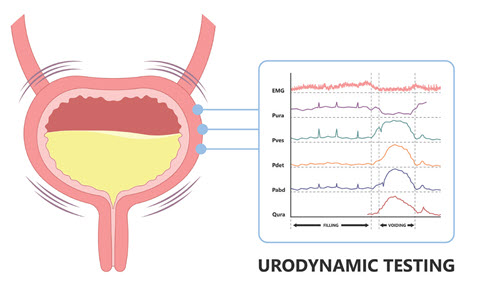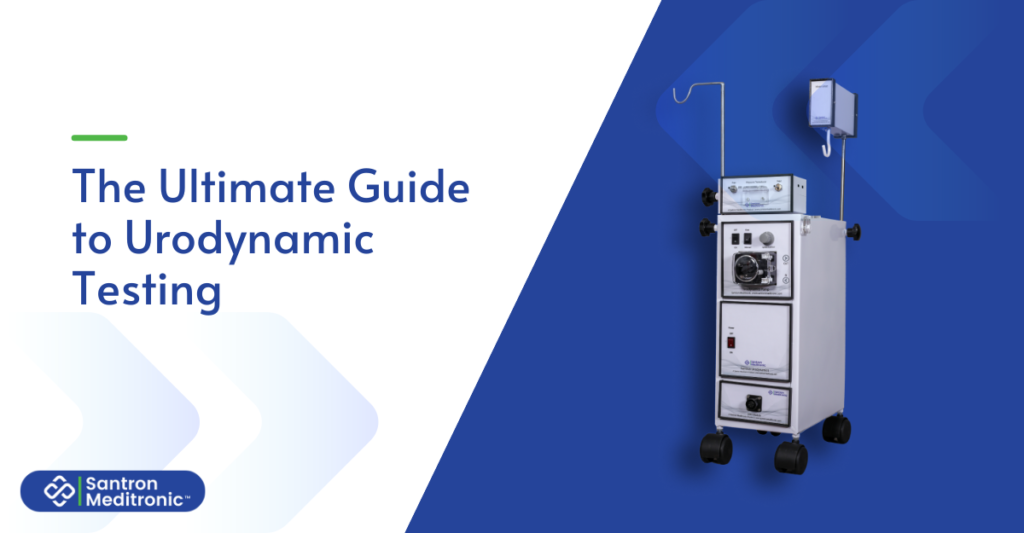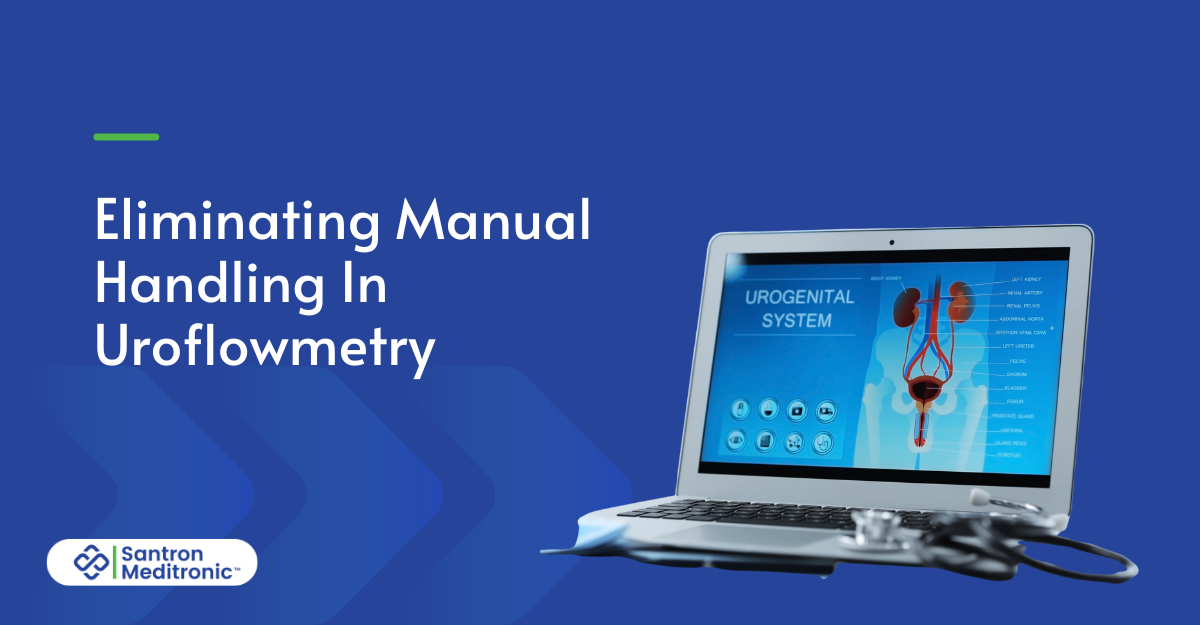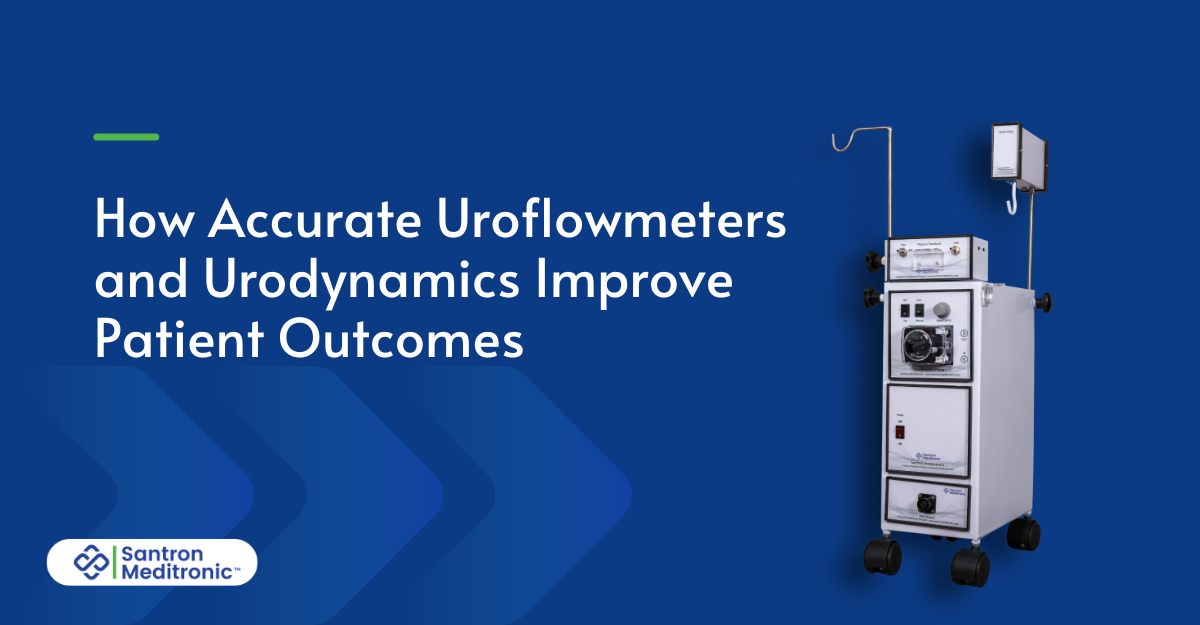The lower urinary tract performs several functions. Urodynamic testing gives your urologist the information they need to understand how your urinary system functions.
In this blog, we will help you understand the urodynamic testing procedure, how it is performed, how to prepare for the tests, and how to evaluate the results.
Understanding Urodynamic Testing
Urodynamic testing is a group of tests conducted to assess the functioning of the bladder and the urethra. It is also performed to investigate issues with the urinary system, such as urinary incontinence and an enlarged prostate.

Typically, your doctor may recommend a urodynamic testing procedure if you are experiencing any of the following symptoms:
· Leaking pee
· Frequent urination
· Pain while urinating
· Sudden and intense urges to urinate
· Inability to empty the bladder completely
· Problems while starting a urine stream
Types of Urodynamic Tests
Your doctor may recommend several types of urodynamic tests based on your symptoms. The most common ones are as follows:
· Uroflowmetry: Uroflowmetry determines the urine flow parameters. The patient is asked to urinate into a container linked to PC-based urodynamics equipment to measure the uroflowmetry test results and record the data.
· Pressure Flow Study: This test helps determine any blockages in your bladder outlet. To identify obstructions, a manometer device measures flow rate and bladder pressure while urinating.
· Cystometric Test: This is also known as the bladder pressure test. It records the bladder’s capacity, the pressure inside while holding urine, and the bladder’s fullness when urinating.
· Leak Point Pressure Management: This is often a part of the cystometric test. It records the point at which the leakage occurs as your bladder fills up.
· Postvoid Residual Measurement: This is a straightforward ultrasound exam performed after voiding to assess if your bladder is fully emptying during urination. This test can also be performed using a portable bladder scanner.

· Electromyography: This is a urodynamic test to determine whether muscle or nerve damage is causing urinary problems. Special sensors are positioned close to the urethra and rectum to monitor nerve and muscle activity and ascertain whether the signals sent to the bladder and sphincters are correctly synchronized.
Urodynamic Testing Preparation
Urodynamic testing procedures range from simple urine output measurements to in-depth bladder ultrasound imaging.
Your doctor will first request your medical history and evaluate your symptoms to determine the best diagnostic procedure for your urinary issues.
If you are taking any medication for your bladder, your doctor will likely ask you to stop for a week before the test.
Your doctor may also ask you to arrive with an adequately full bladder for the testing procedure. If this is problematic, you may have to arrive early so you can drink to fill your bladder before the test. The entire testing procedure may take up to 2 hours.
What to Expect After a Urodynamic Test?
Urodynamic testing recovery is different for everybody. Specific individuals may experience a mild burning sensation or stinging feeling during urination. This is a usual sign that typically resolves itself with adequate fluid intake. Nevertheless, if the pain persists for over 24 hours, it is advisable to undergo a urine test to detect any indications of infection.
Some people may also find little blood in their urine after the urodynamic testing. If this lasts more than a day, you must see your doctor. This may be a sign of a urinary tract infection that may occur due to these tests. Also, sometimes, this is caused by putting the catheter tubes into your bladder.
To reduce the chances of developing an infection after the test, you must follow these suggestions:
· Consume additional liquids for a minimum of two days following the examination. This will help to remove all toxins from your body. Try to consume a minimum of 8-10 glasses of fluids daily.
· Restrict your consumption of tea or coffee for two days. This will decrease bladder inflammation, allowing your bladder to return to its normal state quickly. Substitute these items for herbal teas, juices, and squash.
· Take your time when peeing to ensure your bladder is fully voided. After you finish urinating, wait a few seconds before trying again.
Are There Any Side Effects of Urodynamic Test?
Most people do not experience any problems after undergoing a urodynamic testing procedure. However, there is a slight risk of developing a urinary tract infection after the test. Contact your doctor if you experience any of the following issues:
· Urine with blood or a cloudy smell
· A stronger urge to pass urine
· A stinging or burning sensation while urinating
· Passing only small amounts of urine at a time
· Pain in the lower back or kidneys
· Hot flashes
Conclusion
Urodynamic testing is an effective way to promote patient healthcare. These diagnostic tests equip medical professionals with the knowledge to identify the underlying causes of various urinary issues.
At Santron Meditronic, we empower healthcare facilities with the best and most reliable urodynamic testing equipment. Our top-tier products ensure accurate diagnostic results that can drastically improve patient care.








